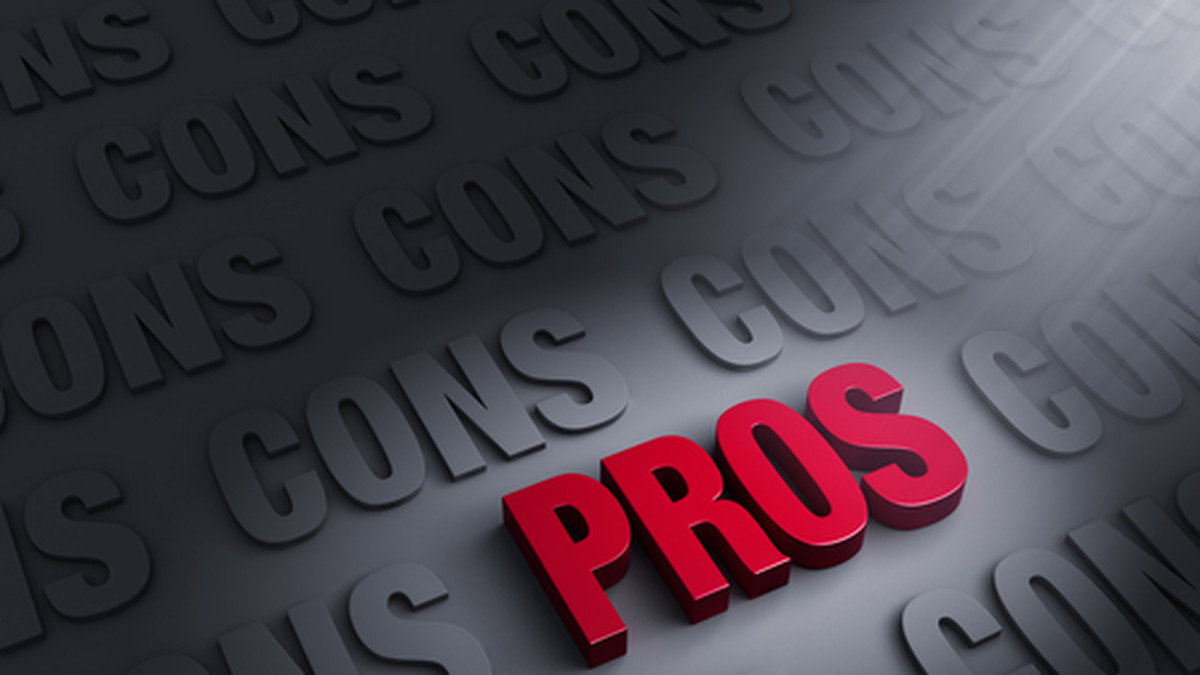When looking for new ways to save on time, money, and space, hybrid presses might seem like a good option. Although the two-in-one combination of digital and conventional printing can be appealing, it’s important to take a step back and ask whether a hybrid’s benefits are truly worth its cost.
A brief history of hybrid presses
The first hybrid printers — which were, in fact, the first digital label printers — arrived on the scene in the 1990s. The problem was that they didn’t perform as expected. A printhead array atop a flexo media transport made color registration very hard. In those days, the technology just wasn’t there.
Fast forward to a few years ago, when quality hybrid printers came onto the market, right on the heels of the first stand-alone digital presses. With flexo manufacturers partnering very closely with digital press manufacturers, these second-generation hybrids achieved much better harmony between the conventional and the digital side. Print quality increased substantially over the earlier attempts. Hybrid is now a viable option. And yet, it still may not make sense for many businesses to invest in hybrid. Why?
Where hybrids shine — and where they don’t
Hybrid machines are not inexpensive, and the investment only pays off when there’s a continuous, predictable demand for a very specific type of work. High-volume work is cheaper on a flexographic press, based on the lower cost of the ink (the price of digital ink can easily be four or five times higher). On the other end, highly variable work is best handled by a stand-alone digital press. A hybrid press can do both, true, but one side will be idle when doing either long runs or very short, variable ones. That is not an optimal use of a resource.
Hybrids make sense when printing a large run with a few variable elements: the shell is the same, but there is a variable component within the larger run. But even if you operate in that niche, this type of work needs to come in consistently and predictably for a hybrid to be worth the investment. As we’ve seen since March 2020, “consistent” and “predictable” work isn’t always guaranteed.
Instead of having one machine that’s wrong for most jobs, many converters have come to realize the advantages of having the right technology for every job: a digital press for cost-effective short runs, alongside a flexo press for high volume work. That way, you always have exactly the machine you need, right at hand.
